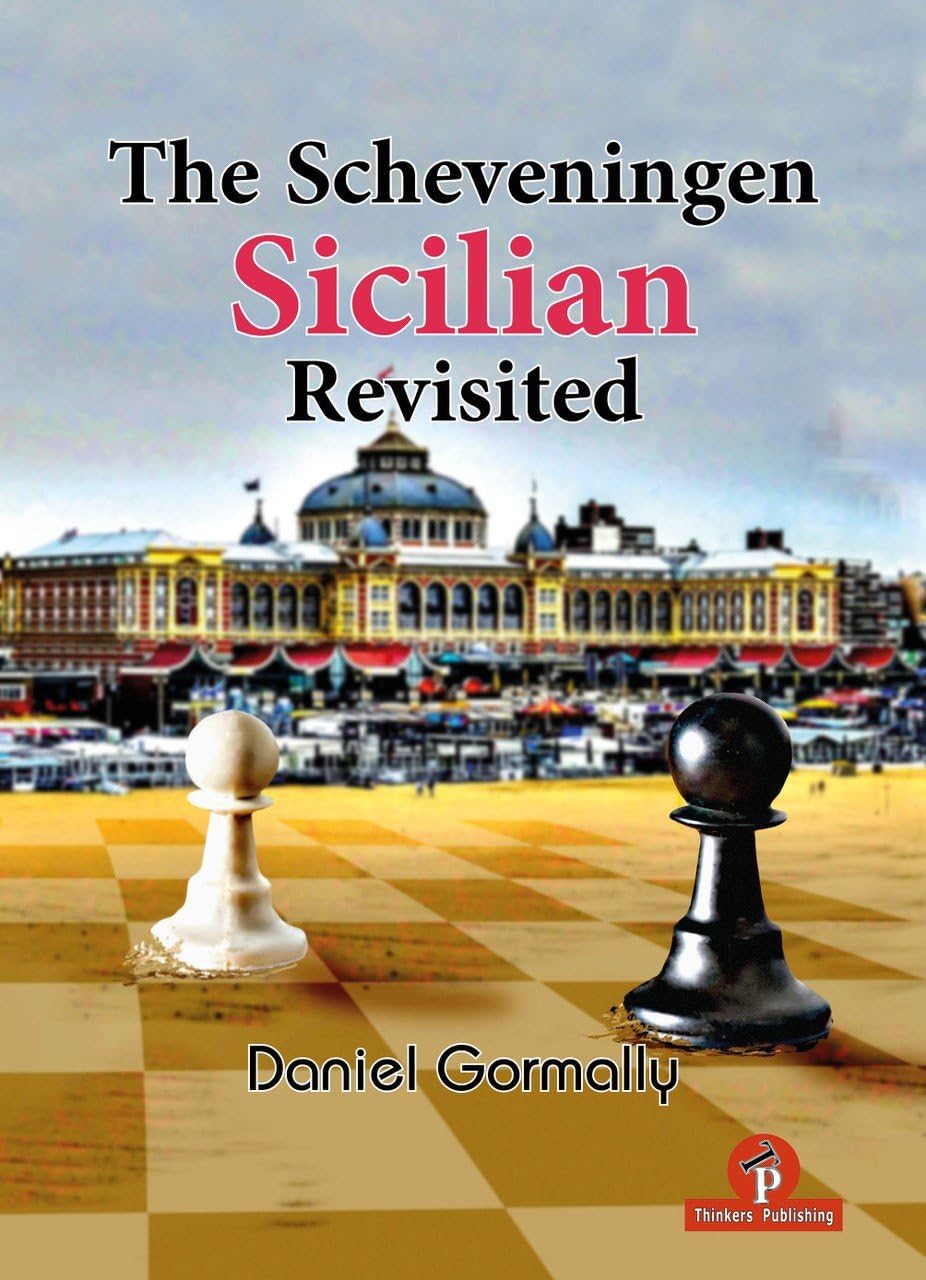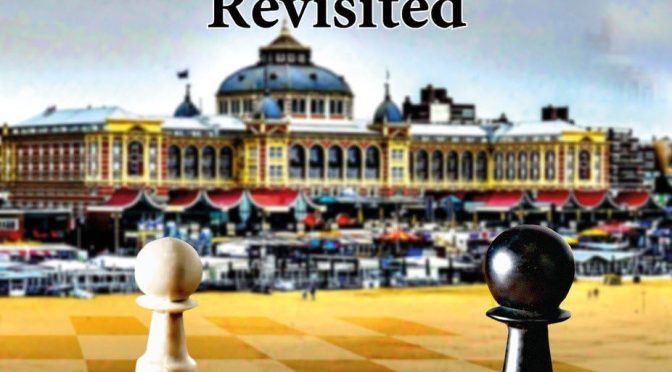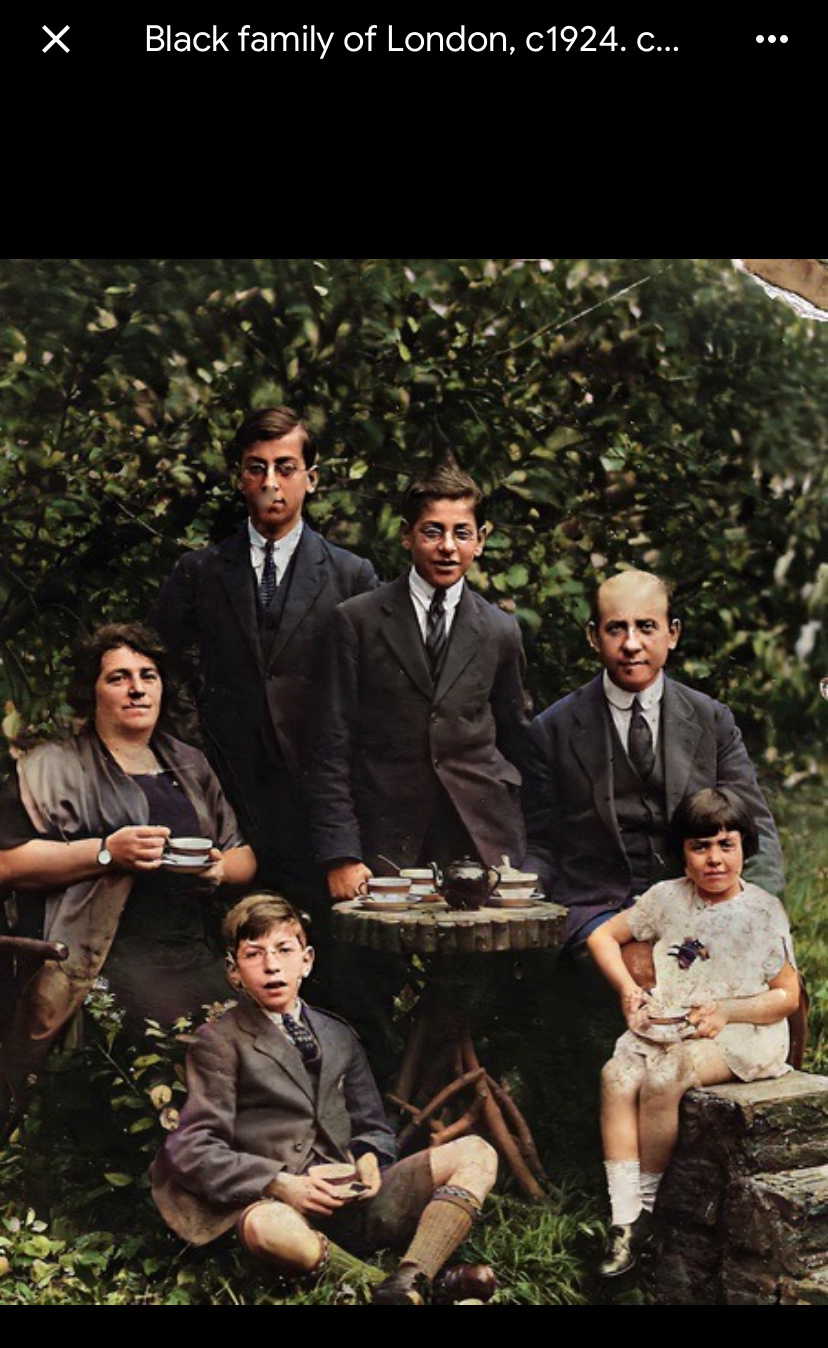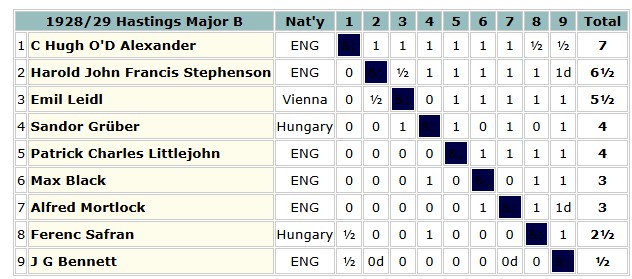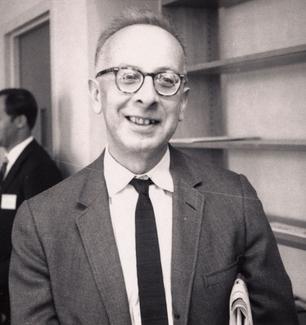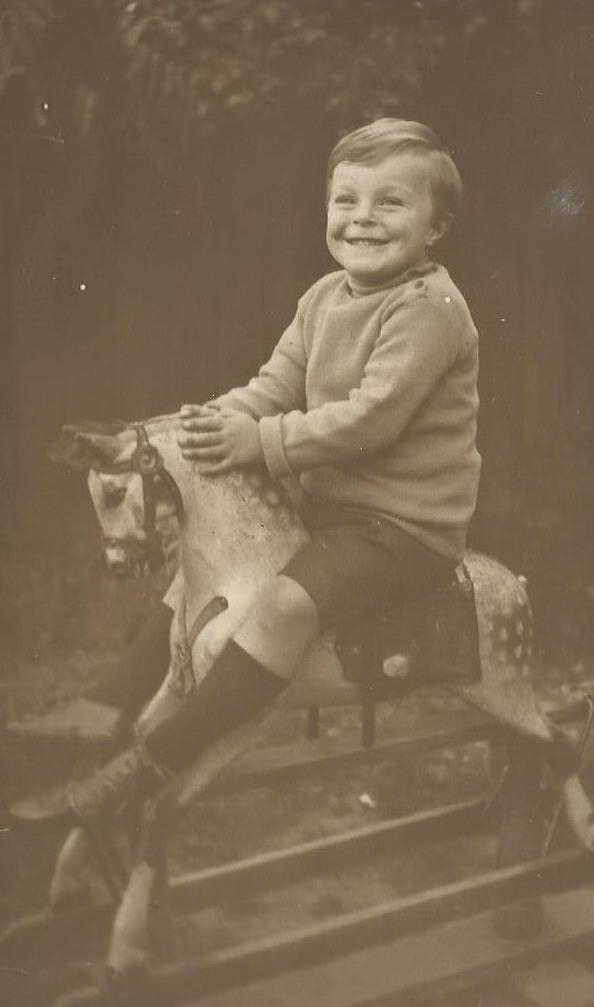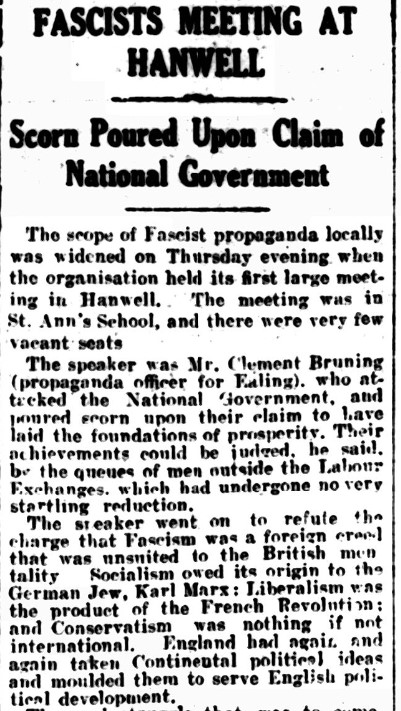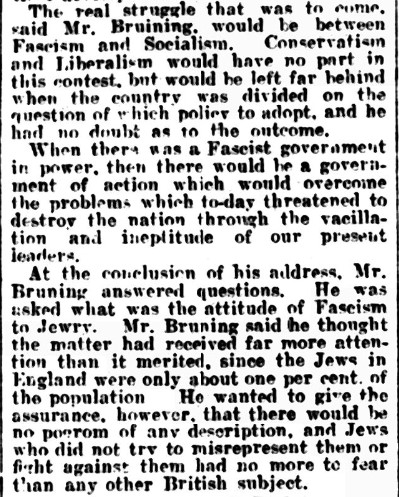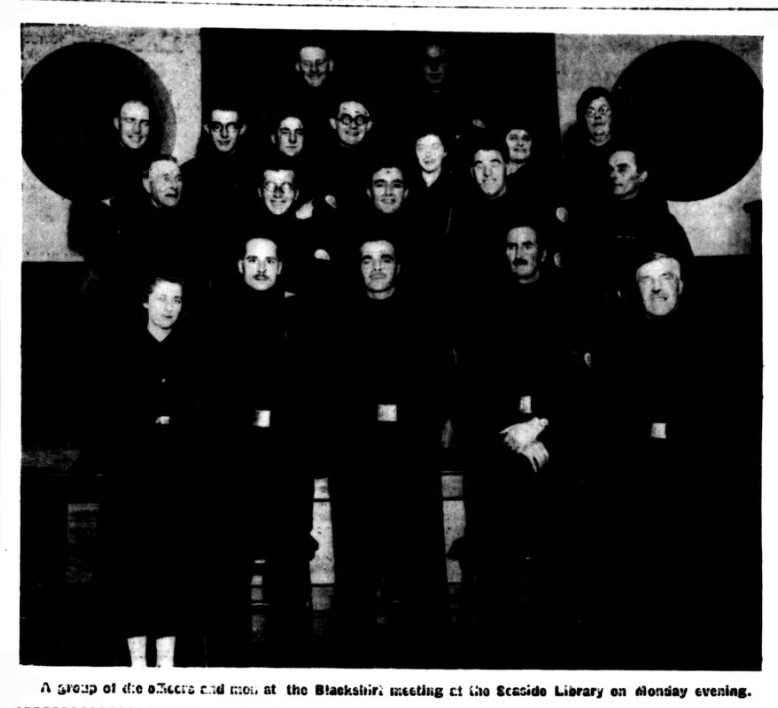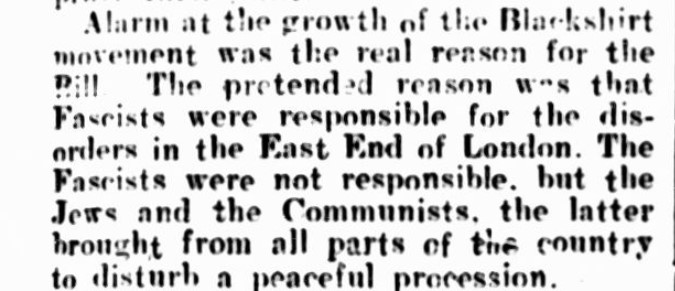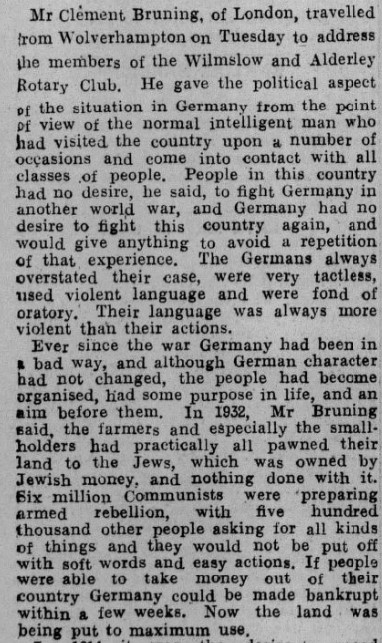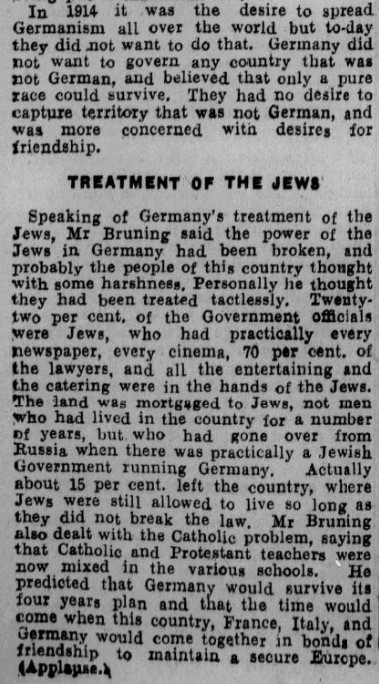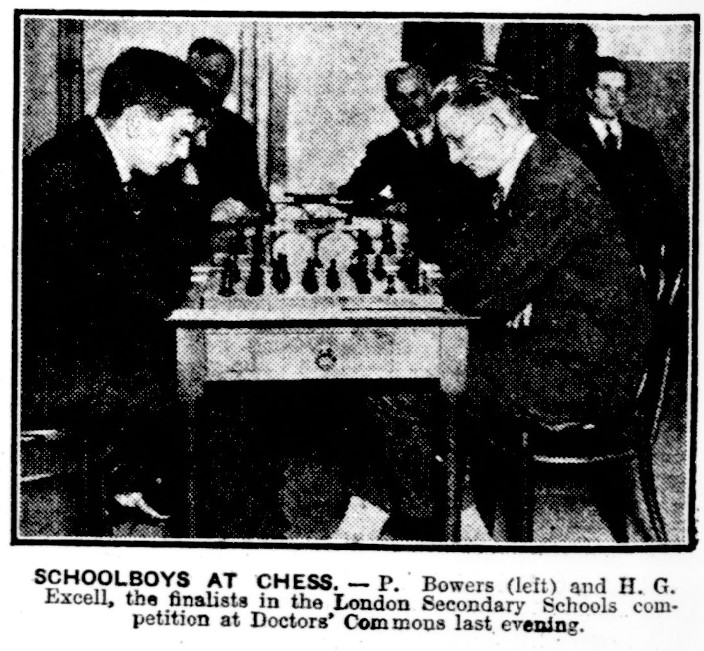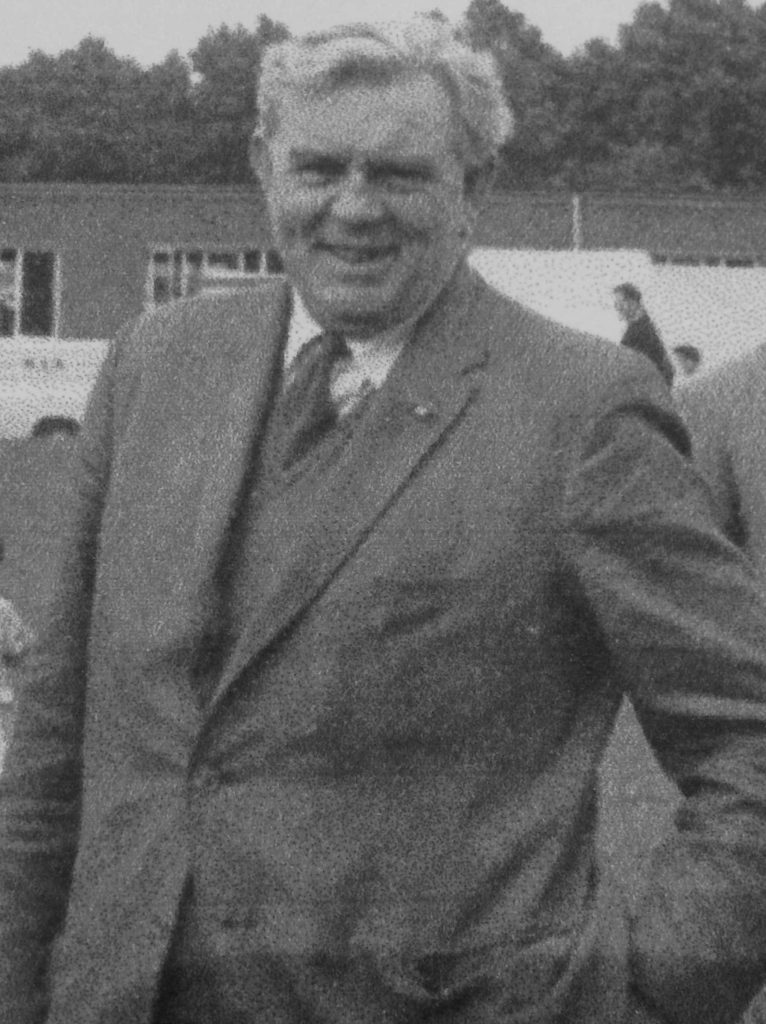From the Publisher, Thinkers Publishing:
“The Sicilian Scheveningen Defense is a highly respected and flexible variation of the Sicilian Defense, characterized by the pawn structure Black adopts with pawns on e6 and d6. It arises after the moves 1. e4 c5 2. Nf3 d6 3. d4 cxd4 4. Nxd4 Nf6 5. Nc3 e6. This setup allows Black to maintain a solid central presence while keeping options open for dynamic counterplay.”
About the Author:
“Grandmaster Daniel Gormally is currently living in Alnwick, Northumberland, England.
Danny has been a chess professional for over twenty years, in which time he has played in many tournaments both in the U.K. and abroad. He has represented England in the European team championships and the Olympiad. He has taken a high placing in the British chess championships and on several occasions has been placed in a tie for second. He is also the two times winner of the English rapid play championships.
In 2005 he scored his final Grandmaster norm in a tournament in Gibraltar, where he scored a 2693 performance. In that tournament he played against several world-class grandmasters, including Nakamura, Aronian, Sutovsky and Dreev, and only lost one game.
He is also the author of several well-received chess books, including “A Year in the Chess World” and “Mating the Castled King”, one of the few western chess books in recent years to be translated into Chinese.
As an author he is known for his laid-back and humorous style, this is his fourth book for Thinkers Publishing.”
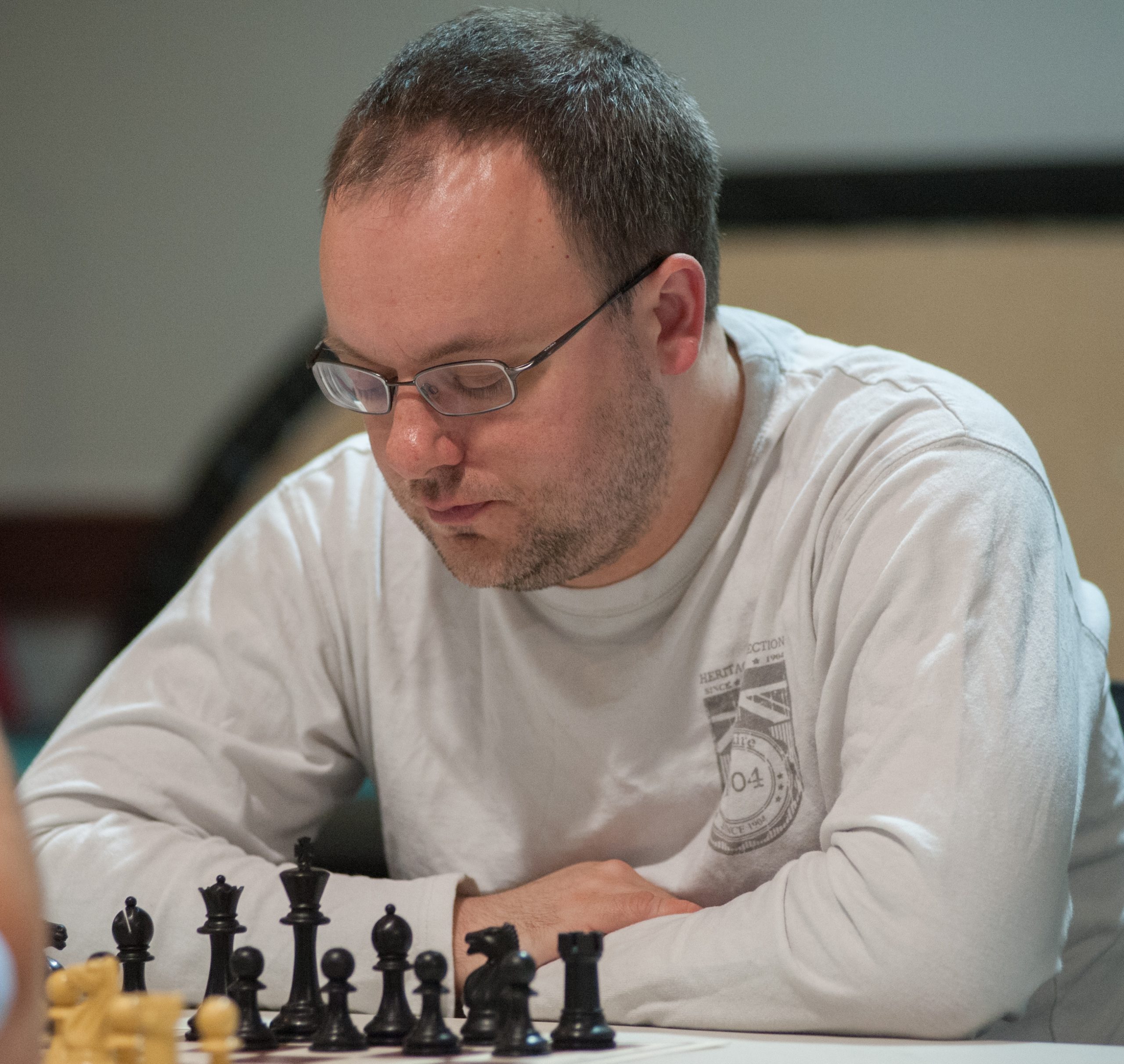
This book is divided into eighteen chapters:
Chapter 1 – Tabiyas
Chapter 2 – The Chess Detective
Chapter 3 – A historical perspective
Chapter 4 – Kasparov vs Anand 1995
Chapter 5 – Engine analysis
Chapter 6 – Training games vs the engine
Chapter 7 – Chef’s recommendations
Chapter 8 – Turbo calculation
Chapter 9 – Defusing the most dangerous lines
Chapter 10 – Evaluations
Chapter 11 – Scheveningen Problems
Chapter 12 – Online adventures in the Scheveningen
Chapter 13 – 6.Bg5
Chapter 14 – Keres vs Nakamura
Chapter 15 – Delving deeper
Chapter 16 – Pawn breaks/structures
Chapter 17 – Tips for playing the Scheveningen
Chapter 18 – Exercises
The Scheveningen is not a trendy variation but there are a number of elite level players who have been proponents of this Sicilian variation such as Garry Kasparov and the current World Champion Gukesh Dommaraju.
The author, Danny Gormally explains in the Introduction section that “this isn’t your average chess book and I don’t sift through each and every variation and line in the typical way of most openings tomes, partly because I don’t find such opening books particularly enjoyable to read so have no desire to inflict them on the reader either”.
This book is therefore not a theoretical treatise on the trendy theory or otherwise of the Scheveningen Sicilian. There is some theory but there is not a dense thicket of complex, variations chapter after chapter. The author aims to explain the typical ideas, plans and pawn structures in this opening: in this he largely succeeds.
Danny also gives general advice on how to study an opening and on how to improve at chess. He obviously advocates the use of strong chess engines but stresses that over reliance on engine preparation without understanding, learning how to calculate and evaluate is harmful.
Chapter 1
This is a short chapter that introduces a couple of key positions in the Scheveningen: here is one from the Classical variation:
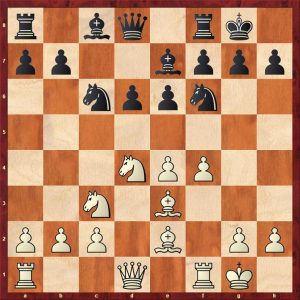
The modern way to play this position is 9…e5 which equalises: the explanation given by the author is logical and illuminating. The older, more traditional move 9…Bd7 is a perfectly acceptable alternative which is covered in Chapter 7.
In the chapter summary, the author gives some sensible advice:
“play some training games from that position, perhaps against the computer or against a training partner. Study the position on Chessbase or some other kind of program…. That way you get a feel for the most familiar and most important positions in that opening variation. But it must be said, though, that there is no substitute for practical experience…. you analyse those games afterwards – the trail-and-error advantage of that is quite huge.”
Chapter 2
This section is a key chapter where the author gives general advice on studying positions:
- Why has my opponent played that move?
- What possible plans do I have in this position?
- If I concretely play A, how is my opponent going to respond?
Seven exciting and didactic games from the Scheveningen are analysed with an emphasis on the opening/early middlegame plans for both sides. Five of these are in the Classical line, one in the English Attack, one in the dangerous f4/Be3/Qf3 or g4 line.
Classical Variation
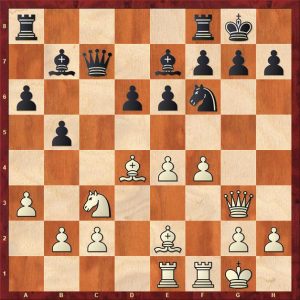
This position is discussed at length with the plans for both sides considered. The game continued 14…Rad8 15. Kh1 Bc6 16.Bd3 Qd7
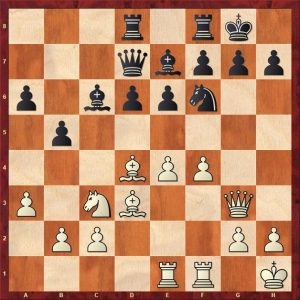
This is a typical position from the Classical variation. White played the tempting 17.Qh3?! eyeing 18.e5 but black has a typical counter 17…e5! (“you should always have the central breaks on your radar”) and Black is slightly better and went on to win a good positional game in the ending.
Here is another typical tabiya from the Classical variation.
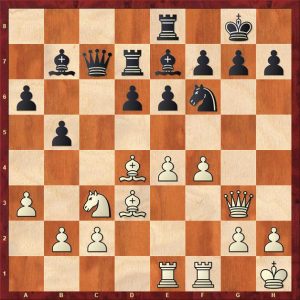
White played 17.Nd1!? which is the computer’s top suggestion. The plan and its resulting ideas and positions are discussed by the author which is instructive. 17…Bd8! was played and is a deft manoeuvre neutralising white’s attacking ideas.
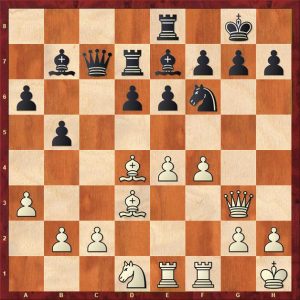
Here Black played the tempting 17…d5? (instead of the patient 17…Bd8) 18.Bxf6! Bxf6 19.e5 with a winning game: buy the book to see the denouement.
English Attack
Black has just responded 9…d5 after White’s queenside castling.
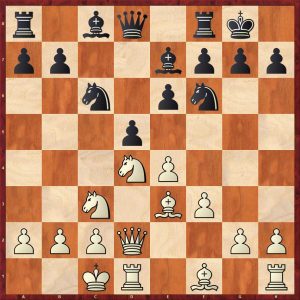
From the author: “A typical liberating central break, and it is my belief that this is the most reliable equaliser in this variation.”
Danny discusses the two major branches here:
A. 10.exd5 Nxd5! 11.Nxd5 Qxd5 12.c4 Qd6!=
B. 10.Qe1 e5! 11.Nxc6 bxc6 12.exd5
Here is another dangerous White system that can be defanged with a little detective work:
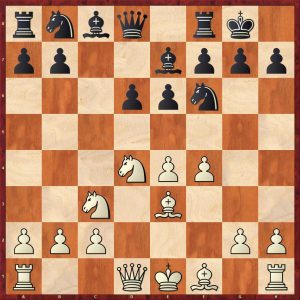
White can play two very aggressive moves which are dealt with in the same way:
8.Qf3 e5!
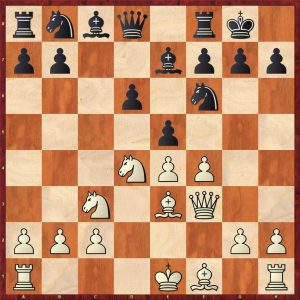
9.Nf5!? (9.Nb3?! Bg4! 10. Qf2 d5! opening up the game as white has lost time with his queen) 9…Bxf5 (removing a piece that has moved 3 times) 10.exf5 Nbd7= Black has excellent development with Rc8 to follow.
8.g4 e5!
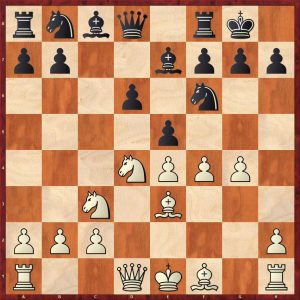
The central strike completely disrupts White’s attacking build-up.
9.Nf5 Bxf5 (removing the dangerous knight that has moved 3 times)
10.gxf5

Superficially, this position looks good for white with the half open g-file, bishop pair and more space: he only needs to play Qf3, 0-0-0 and Rg1 with an excellent position. However, Black is well developed, is to move, and has two excellent plans.
A. 10…Nbd7 11.Qf3 Rc8 (already eyeing up an exchange sacrifice on c3)
B. 10…exf4 11.Bxf4 Qb6! (A lovely disruptive move eyeing the weak dark squares and exploiting White’s lack of development, a typical idea in many openings particularly in the Sicilian) 12.Qd2 Qxb2 13. Rb1 Qa3 unclear
Taking Danny’s general advice here, the reader should analyse this unclear position on their own and evaluate the resulting positions. Use the engine to check your work but don’t use the engine as a crutch all the time which can lead to laziness.
Chapter 3 – A historical perspective
The author puts the opening into its historical context citing Max Euwe as one of the major developers of the Scheveningen. Paul Keres’ 6.g4 is introduced with a crushing win by Keres over Efim Bogoljubov in 1943. Danny restores the Black players’ sanity with a excellent game by Garry Kasparov holding Anatoly Karpov in their first World Championship match in Moscow 1984.
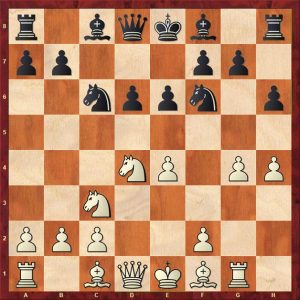
Kasparov played the interesting 8…h5!? and drew an exciting tussle.
Modern theory prefers the immediate central counterattack with 8…d5! which the author recommends.
Chapter 4 – Kasparov vs Anand 1995
This is an historical chapter with games from the Kasparov – Anand match in 1995. All three games covered are high quality encounters including a fine victory by Anand in game 9. The reviewer won’t say anymore as these games are fairly well known and the book covers them well.
Chapter 5 – Engine analysis
This short chapter discusses the pros and cons of using an engine in analysis. Clearly using an engine is a vital tool but “too much dependence on chess engines, as I know from my own experience, can make you lazy and you don’t activate your own thinking processes.”
“It is vital to do your own analysis….”
Four combative tussles are subjected to engine analysis which is illuminating to say the least.
Chapter 6 – Training games vs the engine
Four games are included with the author playing White: two in the Keres attack, 1 in the Sozin and 1 in the English attack.
The last game with the engine defending against the English attack is an excellent counterattacking game.
Chapter 7 – Chef’s recommendations
This is an important chapter where the author gives his recommended lines against White’s most dangerous tries:
- Keres attack
- English attack
- Sozin attack
- Classical variation
I won’t give any more spoilers here: buy the book to find out.
Chapter 8 – Turbo calculation
The author states: “In this chapter I want to test, and hopefully turbo-charge the readers’ calculation. Calculation is so important, and all the better younger players now work on this aspect of the game.”
Six exciting positions are given and the reader is invited to calculate the consequences of a particular move. Here is example 4:
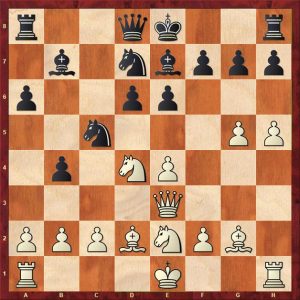
The author asks: is 14…d5 15.exd5 Nb6 good for Black or not ?Calculate and check your answer in the book.
The chapter summary gives some useful concrete tips.
Chapter 9 – Defusing the most dangerous lines
In this chapter the author plays training games with Black against the engine, sees what the engine does to defeat him, then switches colours to see how it manages to defuse these “dangerous” attempts. The Classical and Sozin lines are covered. The importance of move order is also highlighted in certain lines.
Chapter 10 – Evaluations
“So, I would strongly recommend that you spend time checking your games and get into the habit of evaluating positions. If you don’t know how to evaluate positions then what is the point of calculating, as you won’t know what to aim for anyway?”
There are 6 tough positions to evaluate.
Here is the second position:
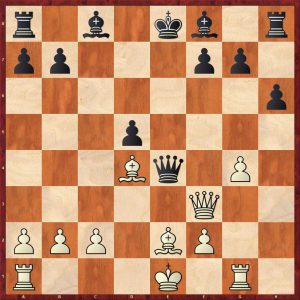
The solution is in the book.
Chapter 11 – Scheveningen Problems
“In this chapter I am going to pose you problems relating to the course. How sharp are you tactically? Let’s find out! And don’t be concerned if you get a lot of these wrong. I probably would as well. The main thing is not that you get them right, but that it gets you thinking about the opening.”
Here is the last of 11 positions:
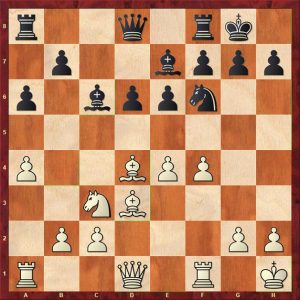
Chapter 12 – Online adventures in the Scheveningen
Danny dissects four of his on-line games, three as Black and one as White in the Scheveningen.
The chapter summary is sensible advice.
Chapter 13 6.Bg5
This is an important chapter as 6.Bg5 can lead to transpositions to the Richter-Rauzer or the Najdorf or a hybrid Sicilian.
The reader should examine these games/move orders carefully.
Here is a good example:
1.e4 c5 2.Nf3 e6 3.d4 cxd4 4.Nxd4 Nf6 5.Nc3 d6 6.Bg5 Be7 7.f4 0-0 8.Qf3
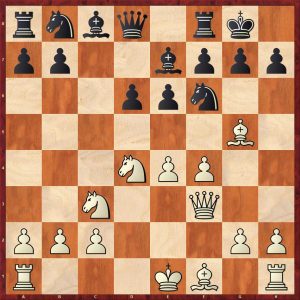
8…e5! disrupts White’s attacking build-up
Chapter 14 Keres vs Nakamura
In this chapter, Gormally discusses Nakamura’s approach when facing the Keres Attack. The main theoretical recommendation is this book is 6…h6, but Nakamura plays 6…a6 and b5. This line is very dangerous for Black but just about playable. The chapter summary shines some light: “Computers have shown that most opening lines are defendable, and even though Black is under pressure in this early a6 line against the Keres attack, the counterattacking possibilities are obviously there.”
Chapter 15 – Delving deeper
In this section, the author discusses one of the key lines in the Keres attack. But before analysing two interesting games, Danny gives some general advice.
“Not that it is particularly productive to prepare for hours on end before a chess game, at all. I firmly believe that chess players spend too much time preparing for opponents, and not enough time preparing themselves….. it is clearly responsible to do SOME preparation.”
The line is question occurs after these moves:
1.e4 c5 2.Nf3 e6 3.d4 cxd4 4.Nxd4 Nf6 5.Nc3 e6 6.g4 h6 7.h4 Nc6 8.Rg1 d5!
There are two critical lines:
- 9. exd5
- 9.Bb5
Buy the book to learn more.
Chapter 16 – Pawn breaks/structures
Fourteen excellent examples are given.
Here is the sixth example:
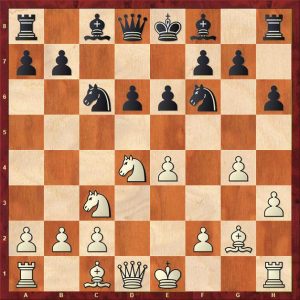
8…?
Chapter 17 – Tips for playing the Scheveningen
This chapter gives some useful general advice on studying openings and preparation. Also included is general advice on improving at chess.
Chapter 18 – Exercises
The book finishes with an excellent set of 25 exercises: find the best move.
Here is exercise 8 (Black to play):
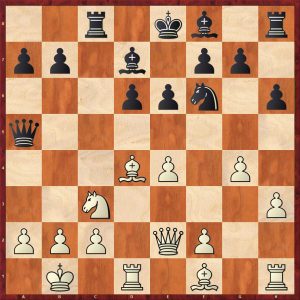
Summary
This is an unusual book in its structure with a pot-pourri of chapters on different topics. It is not a traditional opening survey book which is the book’s strength and its weakness. The book is packed full of good advice on the main variations of the Scheveningen Sicilian concentrating on typical plans; pawn structures; manoeuvres as well as some concrete variations. The book also gives excellent advice on how to study openings generally and on how to improve at chess. The reviewer feels that a really ambitious player would need more details of concrete lines which the author acknowledges and Danny gives advice on how to build up a database of games that would cover all the major theoretical lines.
The reviewer recommends this excellent book.
FM Richard Webb, Basingstoke, Hampshire, 24th December 2024
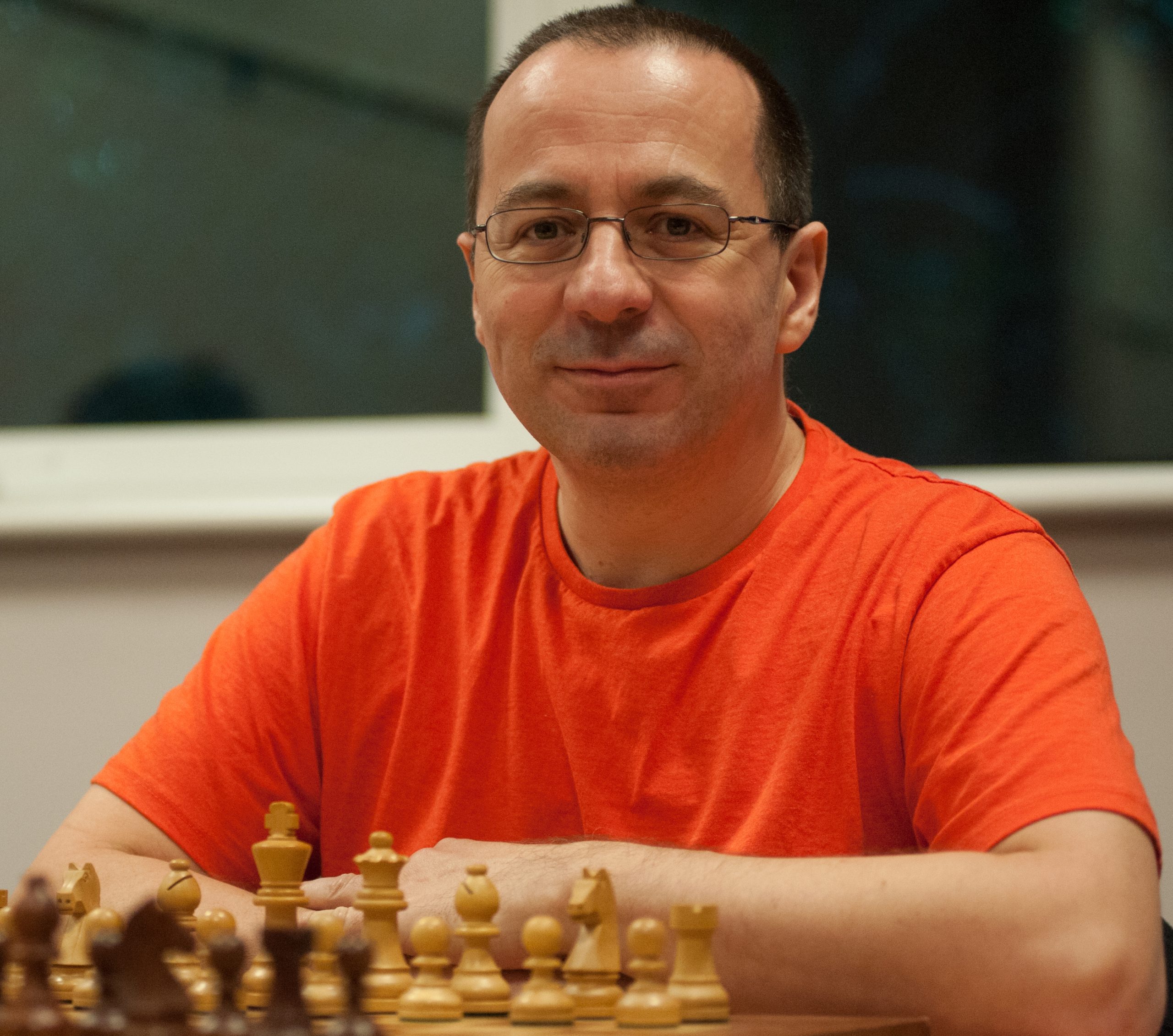
Book Details :
- Hardcover : 255 pages
- Publisher:Thinkers Publishing; 1st edition (28 Nov. 2024)
- Language: English
- ISBN-10: 9083429059
- ISBN-13: 978-9083429052
- Product Dimensions: 17.27 x 1.78 x 23.88 cm
Official web site of Thinkers Publishing
